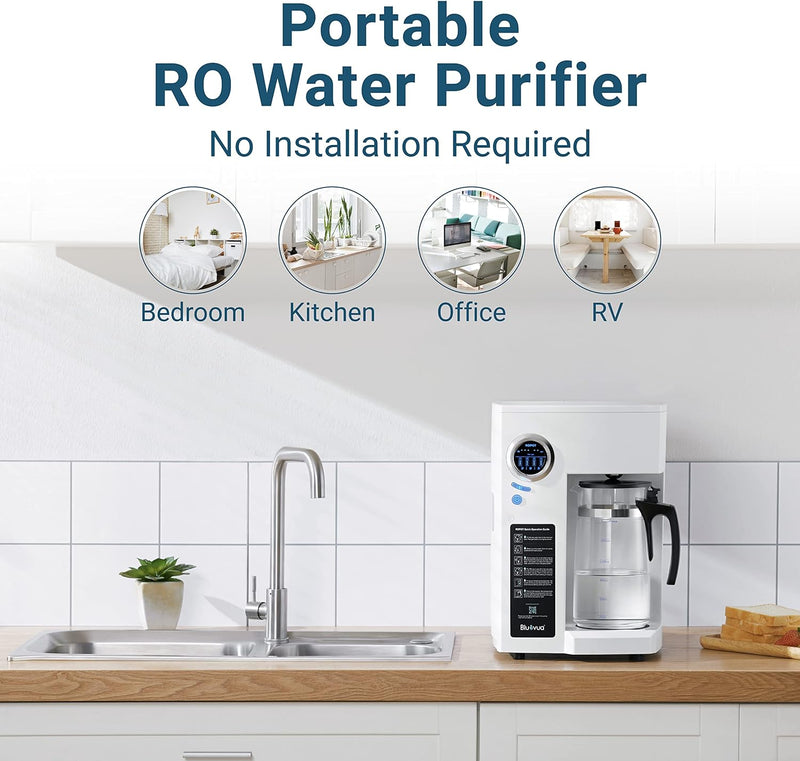The Science Behind Reverse Osmosis: How It Purifies Your Drinking Water
Body
In today's world, ensuring access to clean drinking water is more crucial than ever. One of the most effective methods for achieving this is through a reverse osmosis water filter. But what exactly is reverse osmosis, and how does it work? This article delves into the science behind this remarkable purification process.

Understanding Reverse Osmosis Water Filter Technology
Reverse osmosis (RO) is a filtration process that removes impurities from water by using a semi-permeable membrane. This membrane allows water molecules to pass through while blocking larger molecules and contaminants. The result is purified water that is free from harmful substances.
"Reverse osmosis is one of the most effective methods for removing contaminants from drinking water." - Water Quality Association
How Does Reverse Osmosis Work?
The operation of a reverse osmosis water filter involves several key steps:
- Pre-filtration: Water first passes through pre-filters that remove larger particles, such as sediment and chlorine, which can damage the RO membrane.
- Pressurization: The water is then pressurized, forcing it through the semi-permeable membrane.
- Filtration: As water flows through the membrane, contaminants such as heavy metals, salts, and microorganisms are effectively removed.
- Post-filtration: Finally, the purified water may go through additional filters to enhance taste and quality before reaching your tap.
Benefits of Using a Reverse Osmosis Water Filter
Investing in a reverse osmosis water filter offers numerous advantages:
- Improved Taste: By removing chlorine and other impurities, RO systems enhance the flavor of your drinking water.
- Healthier Water: The filtration process eliminates harmful contaminants, making your water safer for consumption.
- Cost-Effective: Over time, using an RO system can be more economical than purchasing bottled water.
Choosing the Right Reverse Osmosis Water Filter
When selecting a reverse osmosis water filter, consider factors such as:
- Filtration capacity
- Number of filtration stages
- Ease of installation and maintenance
For example, the Home Master TMAFC-ERP is a highly-rated option that combines advanced filtration with a compact design.
Conclusion: The Importance of Clean Water
In conclusion, a reverse osmosis water filter is an essential investment for anyone looking to improve their drinking water quality. By understanding the science behind this technology, you can make informed decisions that benefit your health and well-being.
For more information, check out this informative video on how reverse osmosis works.
References










Comments